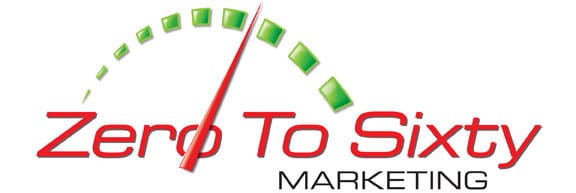You can make your own business cards. There. I said it. It CAN be done. They can be made using most programs already on your computer and they can be printed out using perforated card paper right from your printer for a very small amount of money.
In years past, the older perforated card stock looked perforated. You could see the little bumps along the side. The new micro-perf stuff is better, but the stock is too lightweight and results in a flimsy card.

Worse than that, you can actually damage your printer using the heavier card stocks.
You want an eye-catching card that has a professional weight to it. The type of printing matters also. A home printed card on an inkjet printer will bleed if it comes in contact with moisture, a dead giveaway and a poor presentation. Digital printing offers color options that don’t bleed and they detail well in the small space of a business card.
It’s not uncommon for new businesses to print off a handful of cards in a pinch while they wait for the printer, it’s not the end of the world. People usually take this route to save money, but a small run of cards printed digitally at a print shop can be quite affordable. Most print shops let you download right from your computer and then they run them and cut them for you. All you do is pick them up!
Many people who design their own cards use clip art, but clip art straight out of the box shouts can leave the impression that you might not know what you’re doing. While these methods are inexpensive, you never want to appear cheap. Don’t leave people wondering what other corners you may cut to save money, it’s better to keep that thought out of their heads.
What DOES It Mean To Design Business Cards?
Many things factor into a great business card, and design is definitely one of them. Your content is important, of course, but what does that card say about your ability to do what it is you do? Your card may be the first anyone’s heard of you.
7 Characteristics of Great Business Card Design
- Color selection
- Logo placement
- Contact placement
- Tag line
- What gets placed on the front of the card, and
- What gets placed on the back, if anything
- Overall message, overall appearance
 Your logo placement is an important design element of your business cards.
Your logo placement is an important design element of your business cards.
Our Graphic Designer, Scott Alberts, includes the price of business card design in his logo design rate because when he doesn’t, customers attempt to place his professionally designed logo onto their business cards themselves. The transfer is a very poor rendition of his ability. He would rather include business card design and preserve his excellent reputation! His cards are set up with the printer in mind, so many times “prep” or “plate charges” can be avoided.
Concerning contact placement and tag line, what you do has a lot to do with where you decide to place your information. Does your contact need to be the first thing seen? Or your message? Where exactly is that? If you don’t want to have that all thought out for you, try this little exercise:
Take a card out and role play, handing the card to a neighbor and mimic a real life situation. Where do their eyes go first? Where do they linger? What information do they ask for that already exists on your card?
A professional design takes everything into consideration – what goes on to the front of your business card, and what goes on the back. Your overall message and presentation should be short, sweet, and sticky.
The right business card design is your handshake, and possibly a reference to your business for years to come. Learn more about Scott Alberts Illustration And Design.
Contact us or call today at 920-364-0261 for more information on great presentation.

It would depend on the way you look at it and where you are coming from on the subject really. In the long run attractiveness is in the eye of the beholder, but Now i am with you on this one.
A closer look at that first Card:
http://bit.ly/DigitalCaricature
You’re right. This is often overlooked. As is logo development.
There are plenty of businesses that don’t put the energy here, which is frustrating to me as a designer.
A business card is your initial marketing tool “leave behind” with customers who don’t know about you when you meet them face to face. Maybe that’s the problem – we don’t do enough of that now.
Weak design + Weak paper + Weak printing = Weak image
My 2 cents,
Erich
I like your equation, Erich. It does say so much about a company. I had this discussion earlier with a woman who was considering taking the color and design off of her new batch of cards because she frequently supports neighborhood associations and schools with business card sized ads and the design causes them to reprint blurry. The problem with that is exactly what you said, the handshake. Once you’ve handed it out, the receiver identifies you with it. My husband, for instance, brings home stacks of new business cards every day. I can tell you, the more they stand out in that situation, the sooner the card goes to work for you. Boring cards are easily missed and forgotten. Thank you for your comments.
Let me add this point too about using clip art on your business cards. Imagine your surprise when someone else hands you a business card with the same clip art on it as yours. It happens! Your logo is your brand. Don’t share it with someone else.
That’s something to consider, for sure. Clip art isn’t exactly original! Thanks Gerald, always good to hear from you.